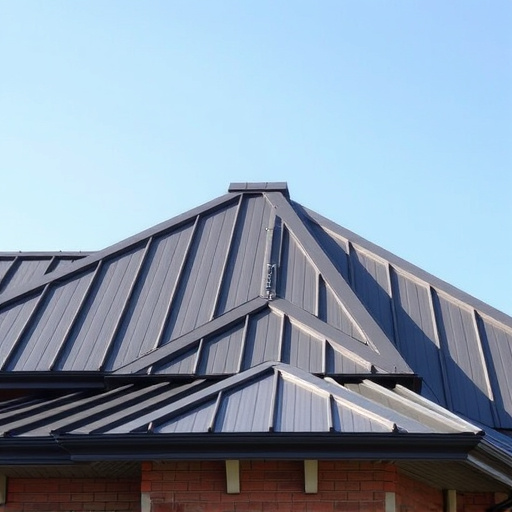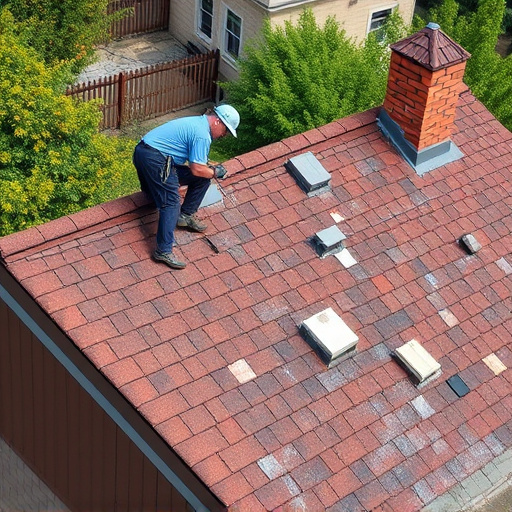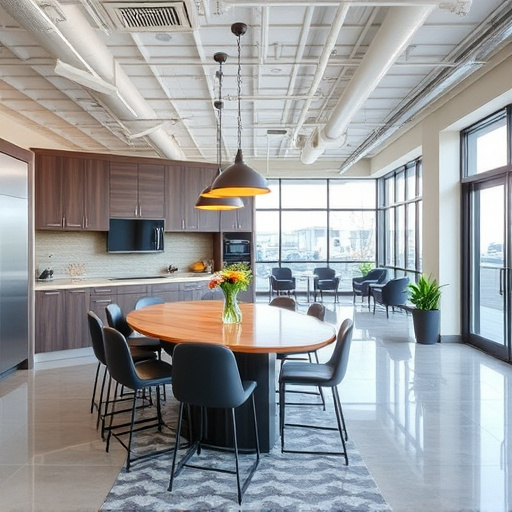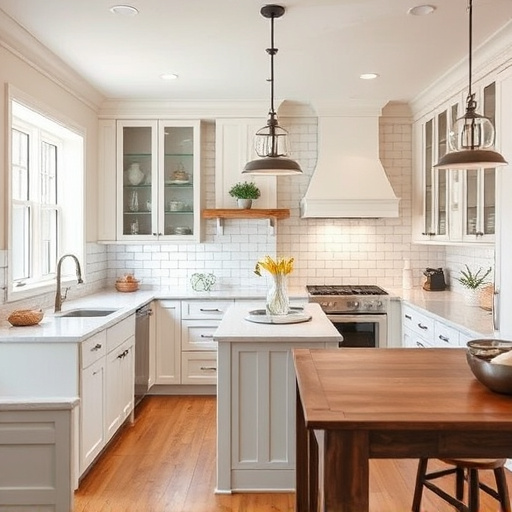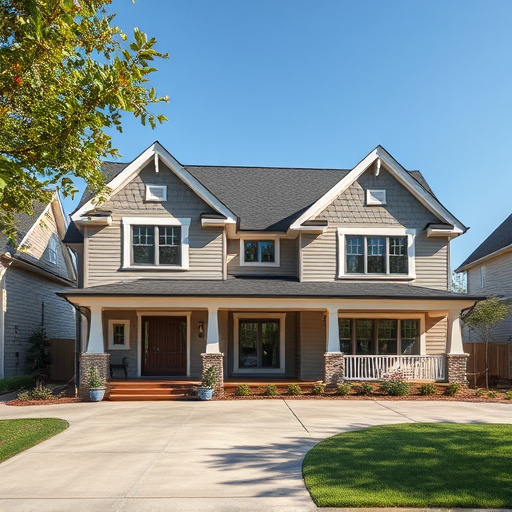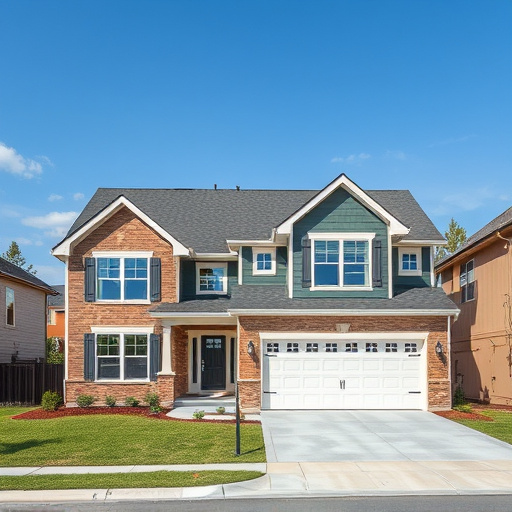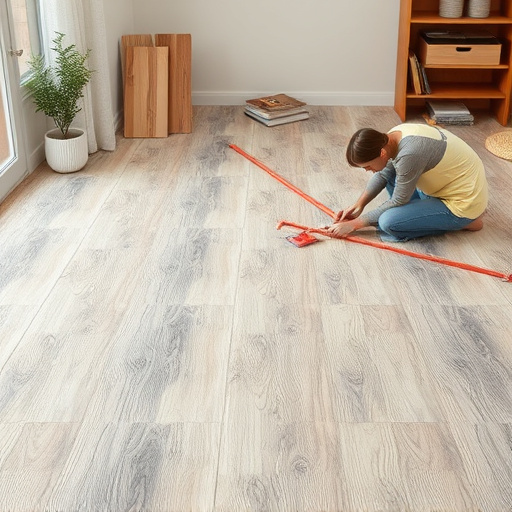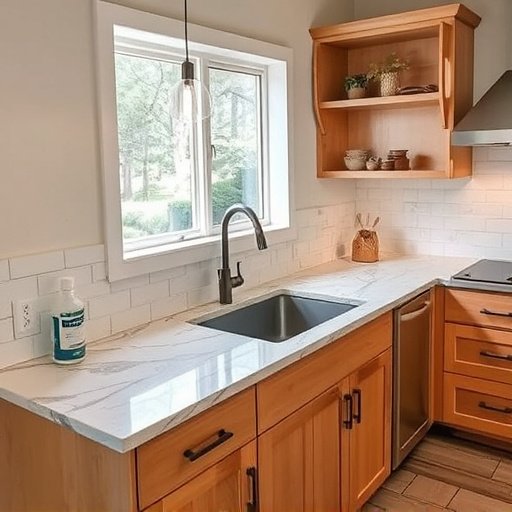Planning tile flooring involves understanding material costs influenced by tile type, area size, labor rates, and installation complexity. Estimate material expenses by assessing tile quantity and quality, considering additional materials like mortar and underlayment. Factor in labor costs for skilled installers who ensure precise, durable work, especially in complex areas like bathrooms. Adequate budgeting guarantees quality craftsmanship and a stunning, long-lasting finish.
Thinking of tackling that tile flooring project but don’t know where to start with costs? This guide breaks down everything you need to know to calculate expenses accurately. From understanding hidden factors influencing tile flooring costs to calculating material expenses and budgeting for labor and installation, we’ll equip you with the knowledge to confidently plan your next tiling venture.
- Understanding Tile Flooring Costs: Factors to Consider
- Calculating Material Expenses for Your Project
- Labor and Installation: Budgeting for Expert Workmanship
Understanding Tile Flooring Costs: Factors to Consider

When planning a tile flooring project, understanding the cost is key to successful budgeting. Tile flooring costs can vary widely depending on several factors. The most significant influences include the type and quality of tiles chosen, labor rates, and the size and complexity of the installation area. In addition, materials such as mortar, grout, and underlayment contribute to overall expenses. For instance, luxury vinyl tiles or natural stone options tend to be more expensive than standard ceramic or porcelain tiles.
Furthermore, consider the scope of your project, especially if it’s part of a larger home renovation or home additions effort. Factors like the need for subfloor preparation, underlayment installation, and trim work can add to the cost. Kitchens and baths often require specialized tile installations, impacting pricing. Whether you’re aiming to refresh an existing space or embark on a new construction project, being aware of these variables will help ensure your tile flooring budget aligns with your expectations.
Calculating Material Expenses for Your Project
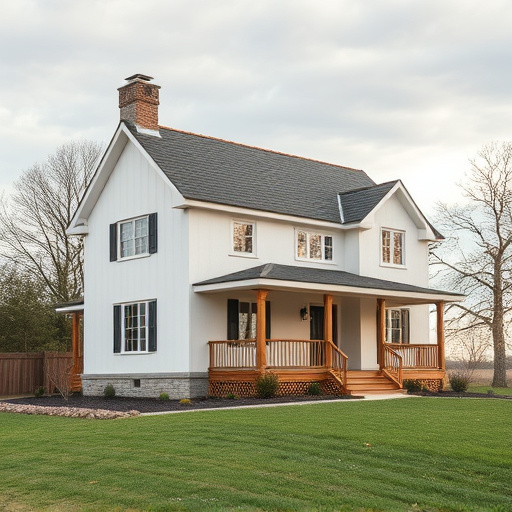
When planning a tile flooring project for your home transformations or home additions, understanding material expenses is crucial. The first step involves assessing the type and quantity of tiles you’ll need. This includes considering the size, style, and quality, which can significantly impact the overall cost. For instance, luxury vinyl tiles might be more affordable than natural stone options like marble or granite. Once you’ve selected your tiles, calculate the square footage of the functional spaces you plan to tile. Multiply this area by the price per square foot of the chosen material to estimate the total material cost.
Remember that other materials are also essential for a successful tile flooring project. You’ll need adhesive, grout, sealing agents, and possibly underlayment. These supplies contribute to the longevity and functionality of your new floor, ensuring water resistance and even temperature distribution in rooms with high humidity or heat sources. Factor in the cost of these accessories based on the size and complexity of your home transformations or additions.
Labor and Installation: Budgeting for Expert Workmanship
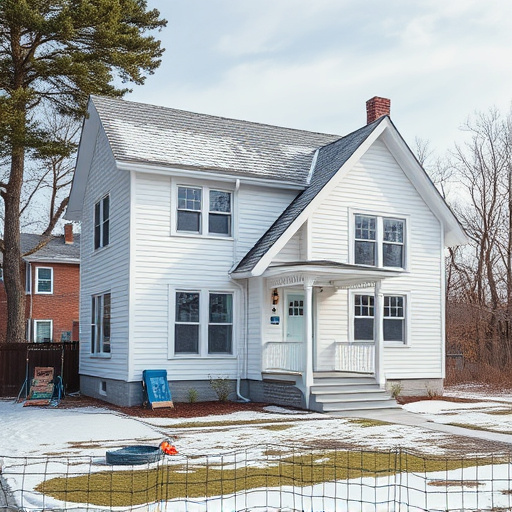
When budgeting for a tile flooring project, labor and installation costs should never be overlooked. These expenses are significant components that contribute to the overall price tag, especially when it comes to intricate designs or customized work. Skilled tile installers bring expertise and precision to ensure your tile flooring not only looks stunning but also lasts for years.
In the context of bathroom renovations or creating functional spaces, professional labor becomes even more critical. Their craftsmanship involves detailed tasks like cutting tiles to fit unique spaces, sealing grout lines, and ensuring proper leveling. Budgeting adequately for these services guarantees that your project is executed with quality and efficiency, delivering a finished product that meets your expectations.
When planning a tile flooring project, meticulous cost calculation is key. By understanding the factors influencing expenses, such as material types, sizes, and labor rates, you can create a detailed budget. Remember to account for both materials and expert installation work. With careful consideration and budgeting, your tile flooring endeavor will be a successful transformation without unexpected financial hurdles.


